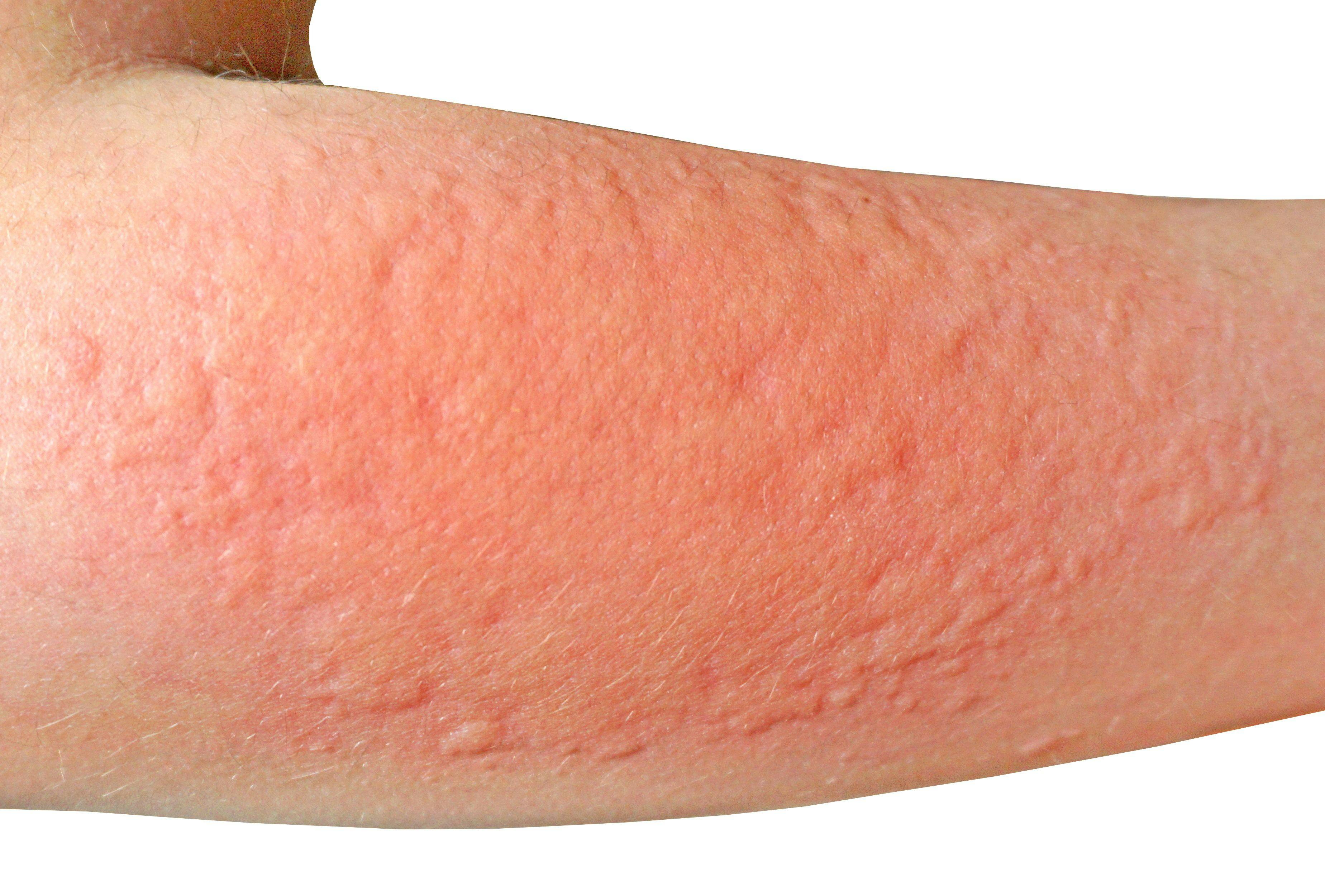- Acne
- Actinic Keratosis
- Aesthetics
- Alopecia
- Atopic Dermatitis
- Buy-and-Bill
- COVID-19
- Case-Based Roundtable
- Chronic Hand Eczema
- Chronic Spontaneous Urticaria
- Drug Watch
- Eczema
- General Dermatology
- Hidradenitis Suppurativa
- Melasma
- NP and PA
- Pediatric Dermatology
- Pigmentary Disorders
- Practice Management
- Precision Medicine and Biologics
- Prurigo Nodularis
- Psoriasis
- Psoriatic Arthritis
- Rare Disease
- Rosacea
- Skin Cancer
- Vitiligo
- Wound Care
Publication
Article
Dermatology Times
Coding Office Visits: The 99211 Checklist
Author(s):
Insight about what to document for these visits.
Q: 99211 doesn’t have any specific guidelines like the rest of the office visit codes. Can you give us some insight about what to document for these visits?
A: When considering whether to assign 99211 for a service, remember these important points for proper reporting.
Q: Do make sure there is a separate E/M service.
A: Check for a documented evaluation of the patient along with management of the patient’s care. For example, if a nurse only refills the patient’s medications and no other E/M service takes place, you should not report 99211.
Q: Do ensure the patient is an established patient.
A: Based on the CPT code description, you should report 99211 for an established patient, meaning one that has been seen by the rendering provider (or provider of same group and specialty/subspecialty) within the past 3 years, in any setting. You cannot report 99211 for a new patient.
The established-patient rule also is important because Medicare applies the concept of incident-to services for 99211, meaning a provider previously furnished a direct, personal, professional service to initiate a course of treatment, and the 99211 service being performed is an incidental part of that care plan.
Q: Do be certain that the supervising provider is in the office suite.
A: Reporting 99211 to certain payers (including Medicare) requires that the supervising provider be in the office suite at the time of the appointment. The billing provider is not required, however, to be in the room or to provide face-to-face services for the patient. The supervising provider doesn’t have to be the one who created the care plan. Medicare Benefit Policy Manual, Chapter 15, Section 60, provides more information about incident-to services.
Q: Do prove that the visit is medically necessary.
A: Look for a documented clinical reason that supports the visit and proves it was above the scope of the other services provided that day. In other words, if you’re reporting the E/M code along with another code, make sure the E/M documentation is significant and separately identifiable from the procedure documentation. For example, a nurse may document the reason for the visit, a brief history of the patient’s illness, any exam processes such as weight or temperature, a list of the patient’s medications, and a brief assessment to support the E/M in addition to the other service performed.
Q: Do bill the service under the supervising provider.
A: All incident-to services must be billed under the provider present in the office when services were performed.
Renee Dowling is a billing and coding consultant with VEI Consulting in Indianapolis, Indianapolis. Send your diagnosis coding questions to medec@mjhlifesciences.com

Newsletter
Like what you’re reading? Subscribe to Dermatology Times for weekly updates on therapies, innovations, and real-world practice tips.


























